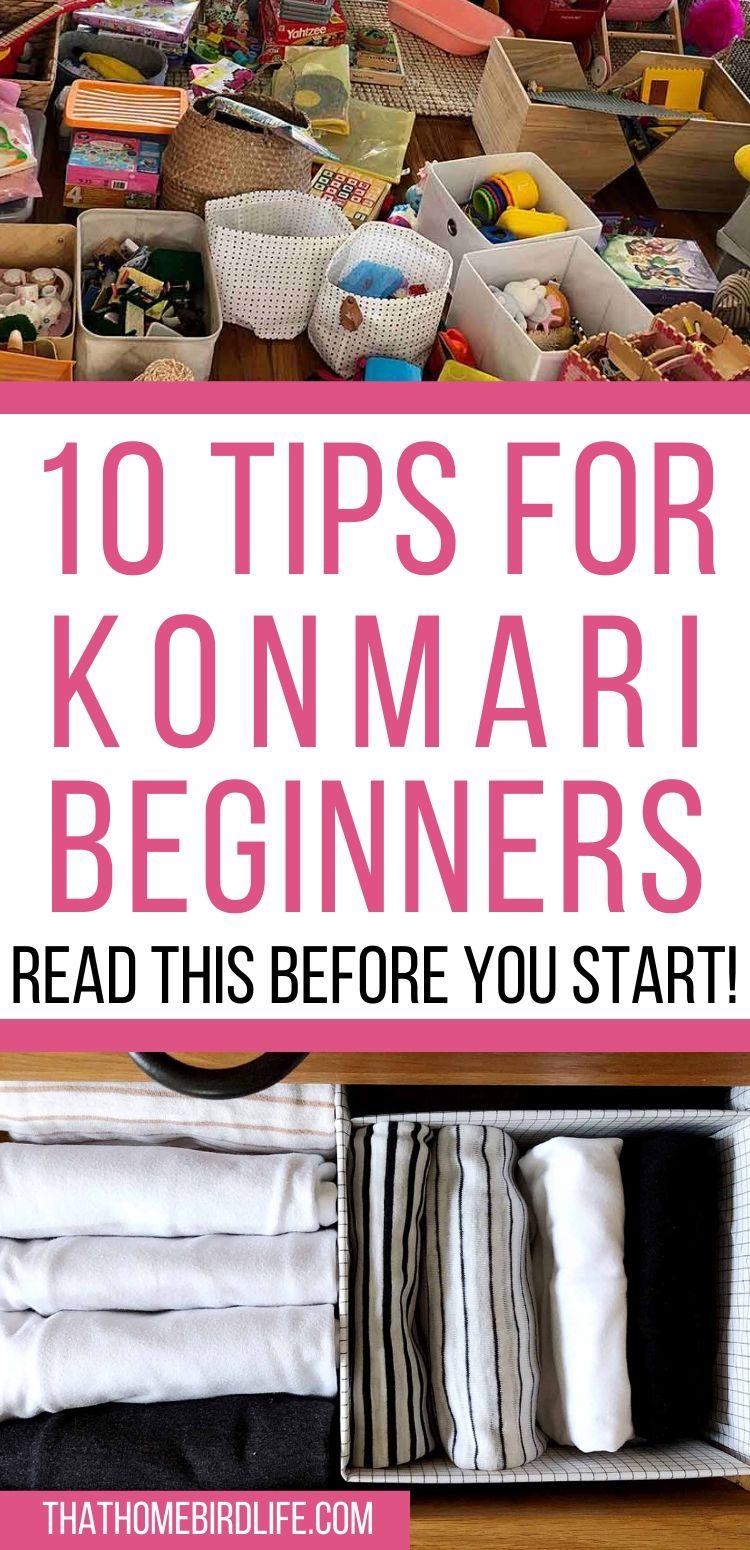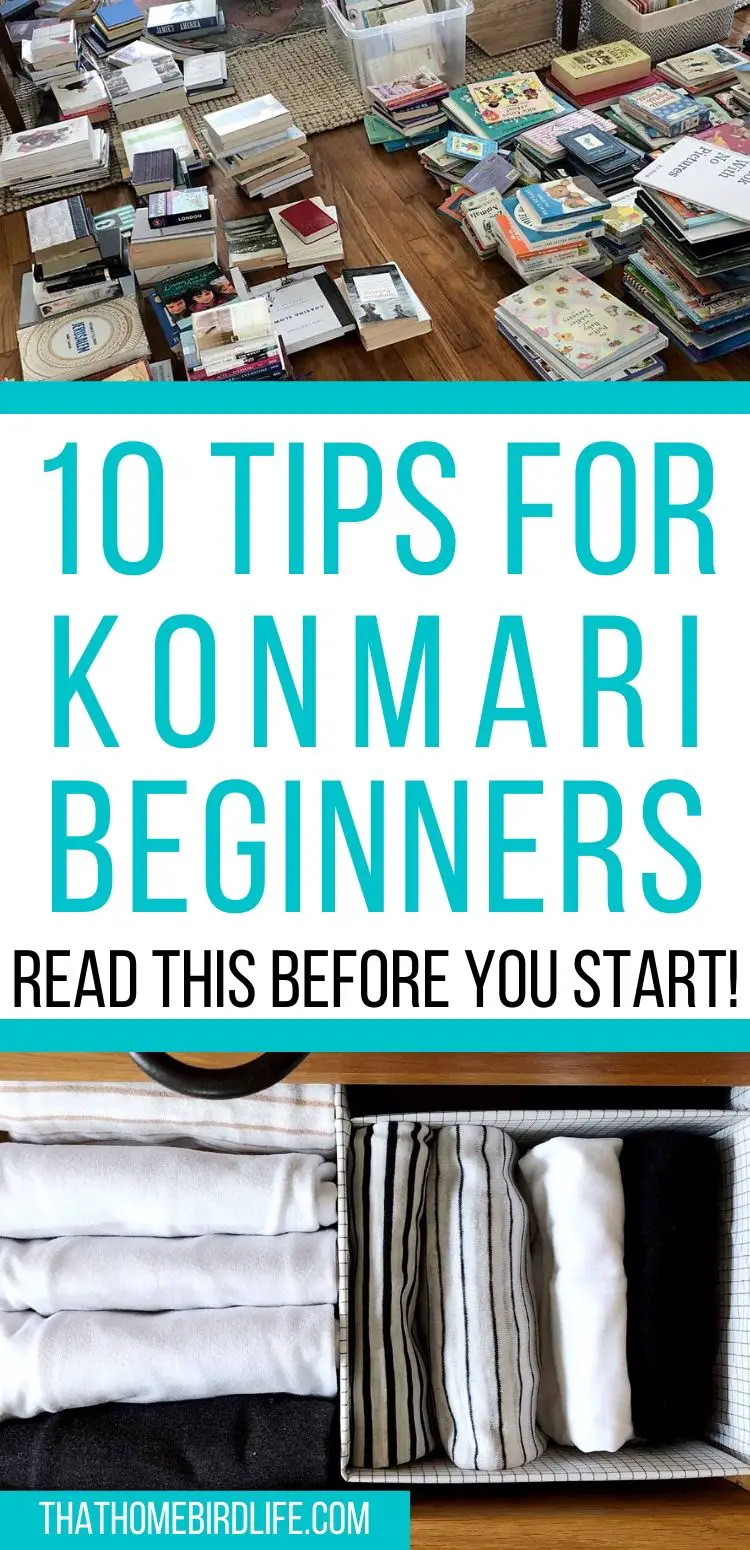Last summer I decided to tackle our house clutter head on using the KonMari method. It was both more challenging and more effective than I could have ever anticipated. Now that I know for sure that the changes have "stuck," I finally feel ready to start sharing what I've learned from the process!
What is the KonMari method of decluttering?
Marie Kondo is a Japanese decluttering and organization expert. Her first book "The Life-Changing Magic of Tidying Up" explains her unique approach to decluttering which she has coined the "Konmari" method. In a nutshell, this method advises that instead of decluttering and organizing room by room, you take categories of items in order and decide whether to keep or purge them by holding the item and asking yourself if it "sparks joy." The five categories are: clothing, books, papers, komono (miscellaneous) and sentimental. By following the method, you should be left with a home containing only items that you love. This is a very condensed and simplified summary of the method—it is much more nuanced—but the key concept behind it is focussing on what you want to keep, rather than what you need to get rid of.
The Netflix series "Tidying Up with Marie Kondo" is a great introduction to her methodology and approach—I highly recommend it!
Does the Konmari method really work?
I hear a lot of people say "I started KonMari-ing, but then...XYZ happened." Or complaints that she is too extreme and has weird ideas about how you should talk to your socks (OK, I kind of agree with that one.) Here's the thing: this method probably won't work for everyone. But, with the right preparation beforehand, I think it COULD be effective for a lot of people who have given up on it before for one reason or another. Whilst it's not failproof, there are a few things you can do in preparation to make it a more enjoyable and effective process.
For those of you that have been thinking about trying out the Konmari method, my intention is that this blog post will do one of two things:
- Help set you up for Konmari success by preparing your mindset and expectations
OR
- Give you the insight you need to decide that it's not the right method for you! Which is fine, by the way. There are a lot of other ways to approach decluttering! You'll save yourself a lot of time and effort if you reach this conclusion BEFORE turning your house upside down.
Is the Konmari method right for me?
I believe that it's a great method if you allow yourself to get into the spirit of the process and go all in. I would actually go as far to say that it was lifechanging for our family, even as tidy people! However, I also recognize that it's NOT the only way of simplifying and downsizing your possessions. Ultimately, the process should be working for you. If something doesn't sit well, then adapt it until it does. Your home, your rules. There is no "perfect" way of doing this. (Unless you invented the method yourself...hi Marie!)
So, based on my own personal experience and attempts (one failed and one successful!) I've put together a list of tips and things you may want to consider before embarking on your own KonMari journey.
10 Tips to Set You up for Konmari Success
(Be sure to pin this guide so you can refer back to it later!)
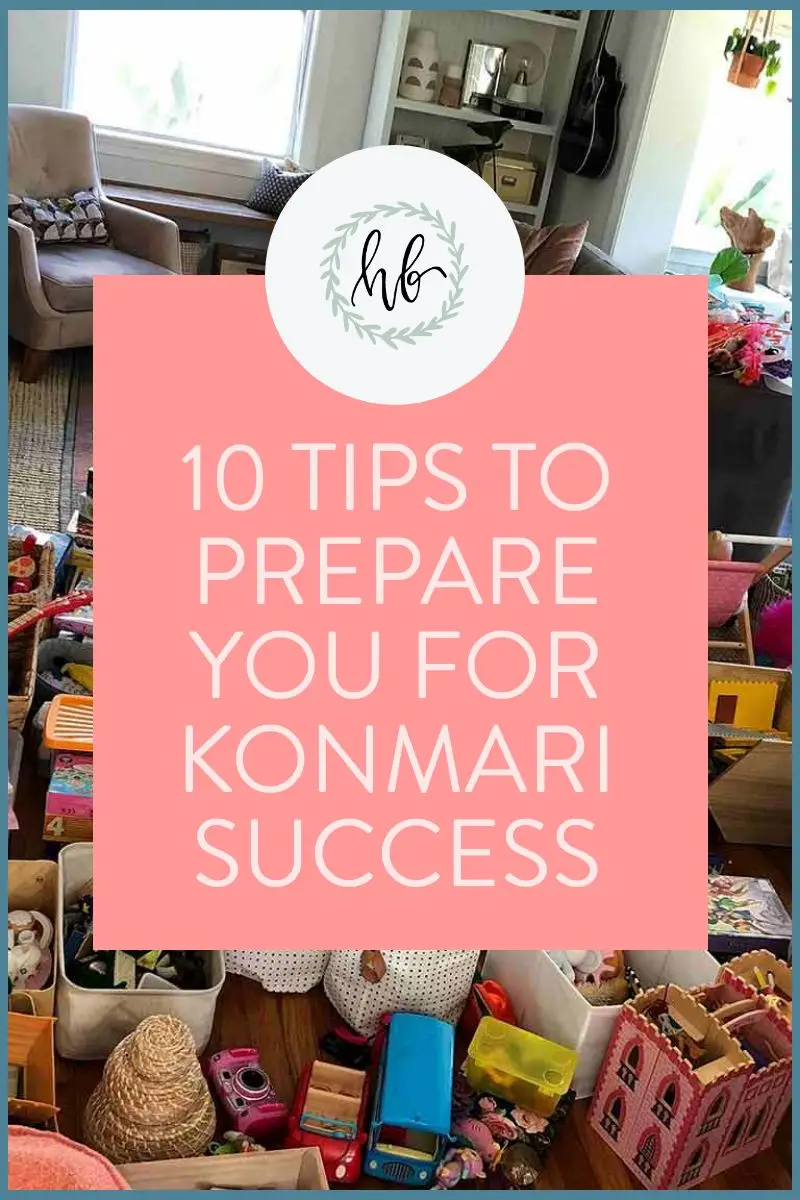
ONE: READ THE BOOK (ALL THE WAY THROUGH)
Last summer was actually my second attempt at working through the Konmari Method in my home. The first was pretty shortlived, because I only read a few chapters before diving into the process. I lost momentum pretty quickly because I didn't have a good sense of where I was heading.
The second (successful) time around I read the entire book before even opening a drawer. Personally, I think it's helpful to read the entire book to gain a sense of Marie Kondo's way of thinking and to get a "big picture" view of how the method works from start to finish. The Netflix series and learning from people's experiences can also be helpful in getting started, but nothing beats reading it from the original source.
So, get comfy and read the book in its entirety BEFORE you start emptying your clothes out onto the bed. There will probably be parts of the book you don't resonate with, but having a better understanding of the Konmari philosophy will help you sift out what's most important for you.
TWO: THINK ABOUT YOUR "WHY"
Kondo brings this up early on in the book, and I think it's pretty key to the success (or failure) of the process. If you don't know why you're doing this, the novelty will wear off fast.
I looked back at my journal to see what my "why" was at the beginning of the process, and here's what I wrote:
I want to tidy because I want to spend LESS TIME maintaining the house, so that I have MORE TIME to do the things I want to do, so that I can ENJOY my life and BE PRESENT with the people I love, doing things that MATTER MOST.
For me, the motivation behind tidying up wasn't just about the house—it was about creating space and energy for the important things. Recognizing that helped me keep going when I didn't feel like carrying on with it.
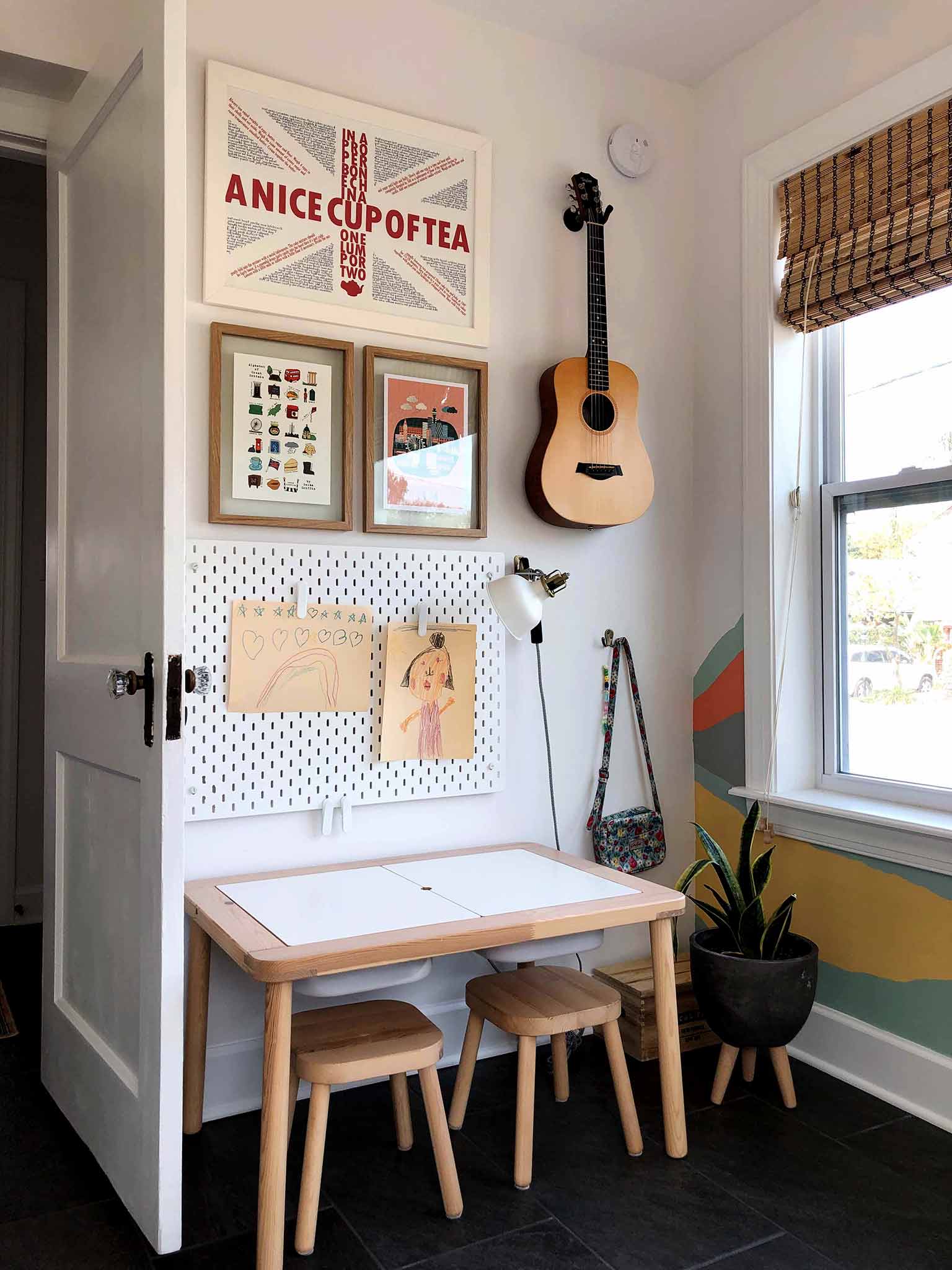
THREE: FIGURE OUT HOW YOU ARE MOTIVATED
Once you have a solid "why" for embarking on your decluttering journey, it's helpful to think about how you're going to get there. What is going to help you follow through with this from start to finish?
I'm a fan of Gretchen Rubin's "Four Tendencies" framework (take the free quiz!) which helps people learn more about themselves, and offers different strategies to reach goals relating to their behavioral tendencies. The Four Tendecies are Upholder, Questioner, Obliger and Rebel, and each tendency responds to expectations and challenges in different ways.
I discovered that I am an "Obliger." This means that I am very motivated by external accountability, and therefore I decided to ask some people to keep me on track during the Konmari process. I also shared what I was doing with my Instagram community—having people check in and ask how things were going was definitely a key motivating factor for me!
FOUR: CHOOSE A GOOD TIME
There is no perfect time to turn your house upside down and inside out, but some times are better than others. We chose to do this during the summer as our schedule was more flexible and we had less obligations in our calendar. We did the bulk of the work while our kids were at summer camp, and the deadline of picking them up each day really helped spur us on!
Depending on how quickly you move through the tidying categories, this process can take weeks—if not months. In order to get the momentum flowing during the early stages, it's best to pick a season when you have the mental capacity and space in your schedule to tackle it head on.
FIVE: EXPECT THINGS TO GET WORSE BEFORE THEY GET BETTER
This method requires you to gather different categories of items and place them in the middle of a room. It's messy, and for a while it feels like you're not making any progress.
For a neat freak like me, it was very difficult to "sit" in the mess—literally and emotionally. We definitely had much stuff crammed into our home, but because I'm a tidy person it was never very noticeable—everything was stored in tightly packed closets and storage bins. In fact, I don't think even I was aware of how much we owned until it was all in a pile on the floor—which is the whole point of sorting through it in this way.
However, during each category there was a magical moment at which it suddenly felt easier. The resistance gave way and we felt like we were able to see the progress we were making. During some parts of the Konmari process, your home will look worse than before your began. But it will be worth it if you can hang in there and push through the mess—I promise!
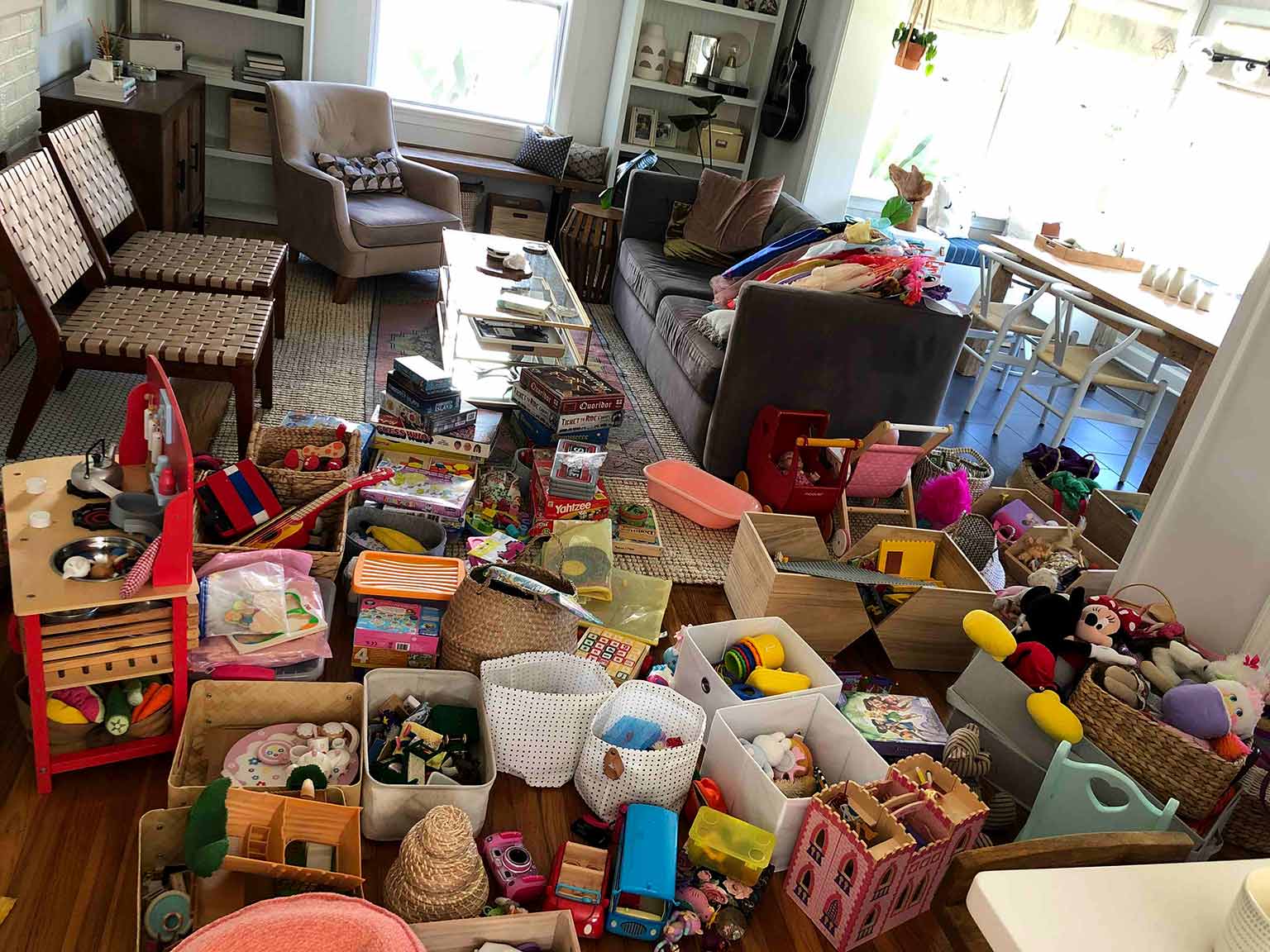
SIX: EXAMINE YOUR HABITS
The Konmari method takes you through a process of examining every item you own and finding a permanent place to keep it. But, in order for this to "stick," you may need to work on letting go of some bad habits and building up some new ones. The heart of the matter is truly that simple—you use something, and you put it back in its home. It's what I've been trying to teach my kids all their lives! However, I didn't realize that it was something I needed to learn as well.
Here's some of the habits I had to break:
- The "I'll do it later" mentality
- Impulse buying (especially home decor)
- Attaching emotional value to items in my home (I'll get into this in more detail in a future blog post!)
And here's some new ones I've been working on:
- Konmari folding (we'll get onto this in more detail in the next blog post)
- Resetting the house on a daily basis
- Becoming a good gatekeeper (being very careful about the "stuff" that enters our house, especially at Christmas & birthdays)
There's a great book by Gretchen Rubin about habit building (clearly I'm her #1 fan) if you want to dig deeper into this topic!
SEVEN: JOURNAL ALONG THE WAY
I've hinted at this already, but this can be an emotional process for many people. There is naturally a lot of "letting go," and that is easier for some than others to handle. That side of it took me completely by surprise, and I found journaling very helpful in helping me work through what I was feeling as I moved through each category. Reminding myself of my "why" during those times was important, and helped me stay on track.
EIGHT: PUT SHOPPING ON HOLD
It's very tempting to go to the store midway through the purge and buy all the dividers and baskets and organizers. I fell into this trap on day three by making a trip to IKEA for clothing organizers and ended up having a mini meltdown in the middle of the store. It turned out to be very confusing and overwhelming to be faced with so many pretty things and options whilst concurrently going through the emotional upheaval of letting go of everything.
This being said, I did make some intentional purchases during the process: new dressers for the girls' bedroom as we switched to folding most of their clothes, bins for my pantry, and a new toy storage unit. To combat the overwhelm, I chose to only shop after I had completed purging a category, because at that point I knew exactly what I needed to store the remaining items (if anything at all). That way, I was able to get things more or less in order before moving on to the next category.
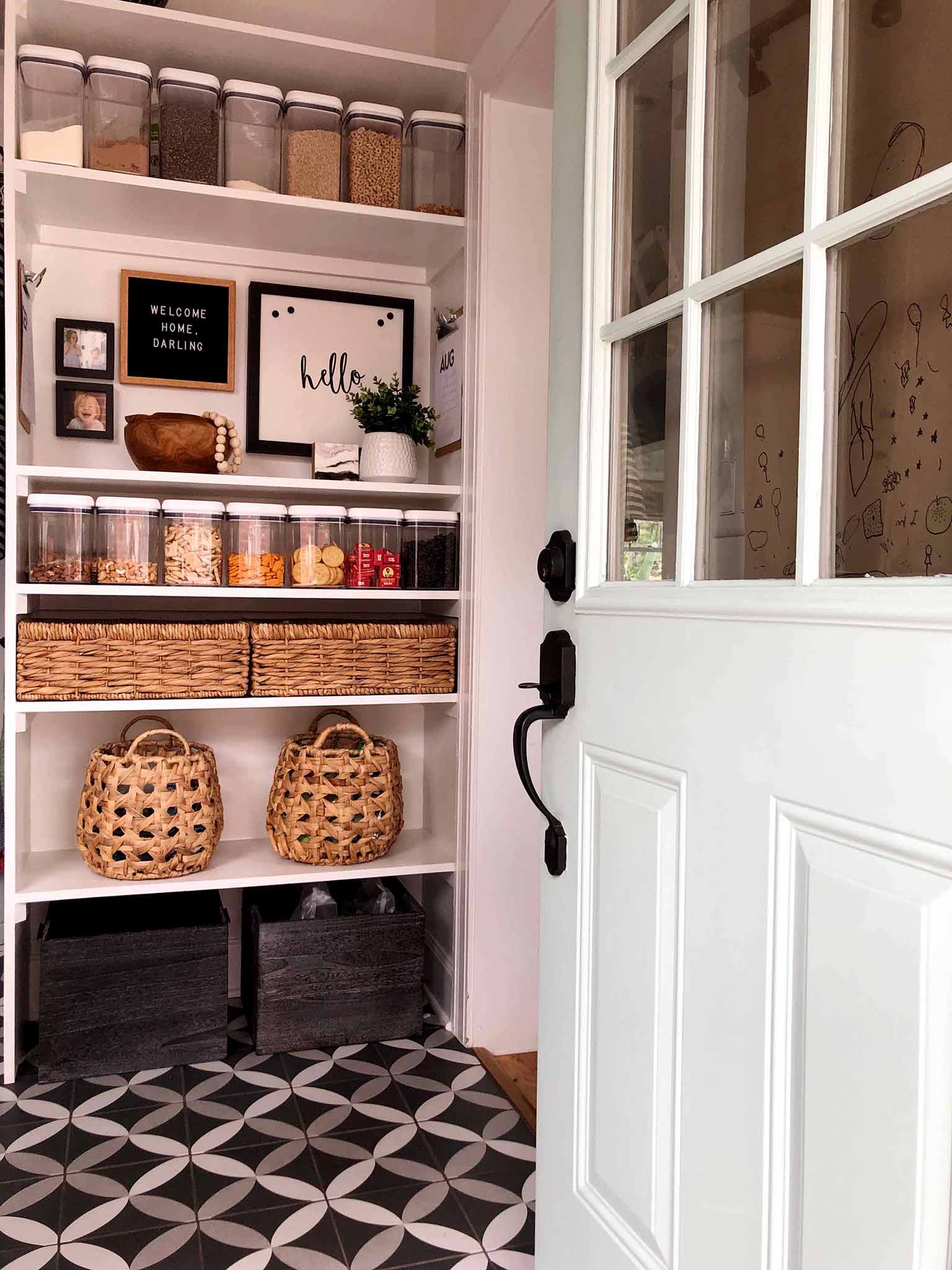
NINE: FIND PEOPLE YOU CAN DONATE YOUR STUFF TO
Goodwill is a great last option, but since I was donating so much at once (including some items that I felt a little bit attached to, like children's clothing) I decided to find friends that I knew could use what I had. It made a big difference passing those things on to someone I knew had a need for it. If you have kids then it's a great idea to find a family with kids a few years younger than yours to pass on outgrown clothes and toys every year or so.
TEN: GET EVERYONE ON BOARD
This is a big task for one person and you probably can't do it alone...unless you live alone in which case you only have yourself to argue with! Make sure everyone in your household is on board and knows at least a little of what to expect in advance. Involve your kids in small ways—they may even surprise you with their choices and ability to let go of possessions! You don't have to make every decision a family affair, but getting everyone on the same page before you begin the process will help avoid potential arguments along the way.
Phewee. Well that was a lot of information for an introduction post!
If this sounds like no fun...well, truthfully? It's not. It's difficult and challenging and I want you to know that in advance.
But if you can hang in there, the results can be pretty lifechanging.
My house is organized, simplified and easy to maintain, and has stayed that way since we finished the process. And on an emotional level, I think I've learned to let go of things. I've through emotional attachment to my "stuff."
I honestly think if it's done right, Konmari is a once in a lifetime event. My shopping habits have changed and I think about Christmasses and Birthdays differently. We are more thoughtful about what we allow into our home, because we do not want to have to go through this process again in the future.
As hard as it has been, I have absolutely no regrets working through this process. Nine months on the changes I have made to our home have stuck. And I can tell you that maintenance mode is much easier than purge mode. Mostly, my home takes care of itself—as long as we keep on top of daily chores and weekly cleaning.
In the next few posts I'll dive into each category in more detail, and give you a good look inside our cabinets and closets so that you can see how this method plays out in a real home.
Coming up in the next post is CLOTHING—stay tuned!
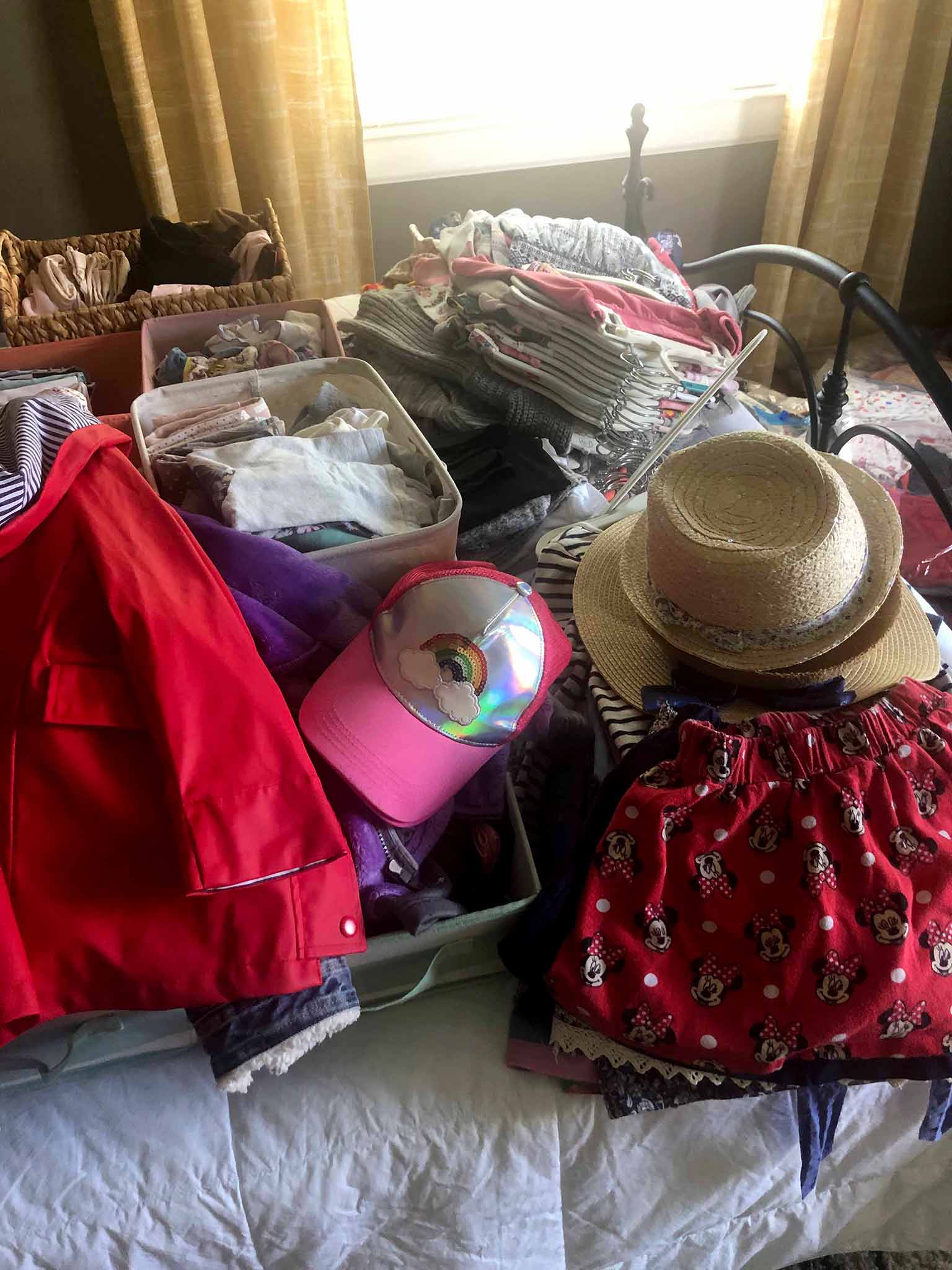
In the meantime if you have any burning questions then I am happy to answer them in the comments, or address them in future blog posts—I'd love to help!
Catch up on other posts in the series:
KonMari Part Two: How to Declutter & Organize Clothing
KonMari Part Three: How to Declutter & Organize Books
KonMari Part Four: How to Declutter & Organize Paperwork
